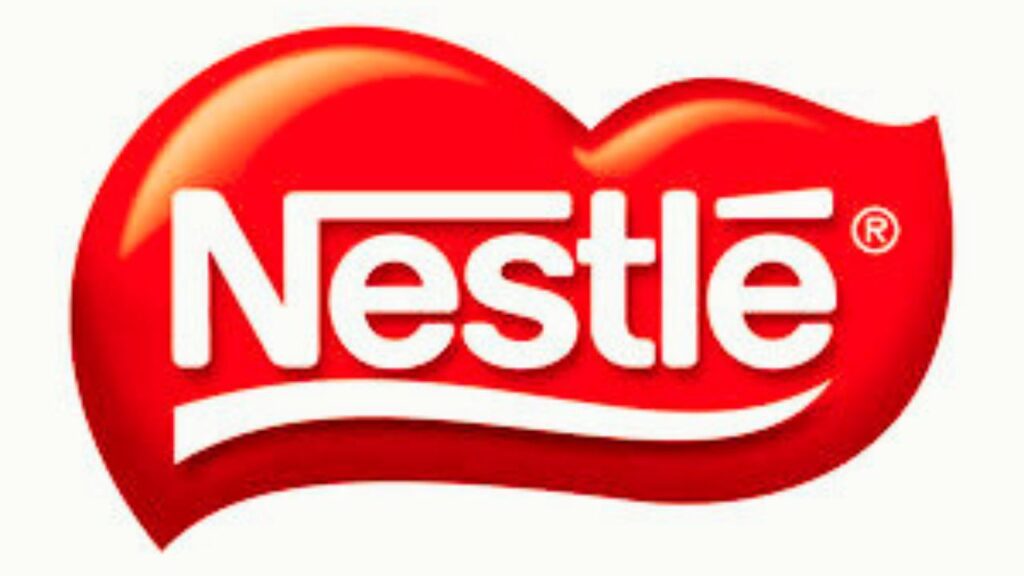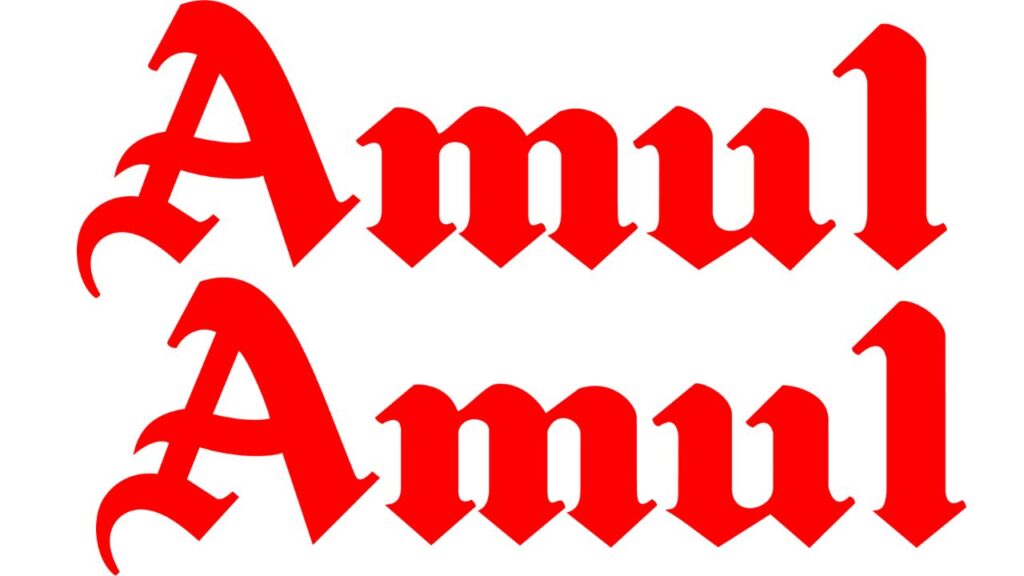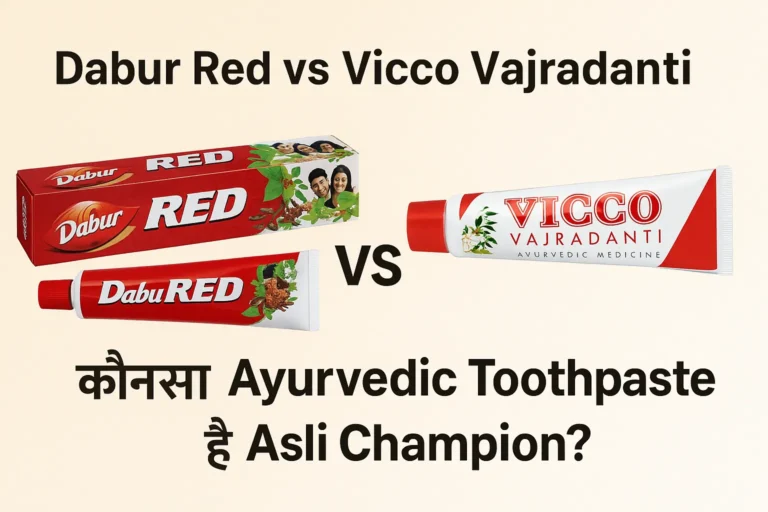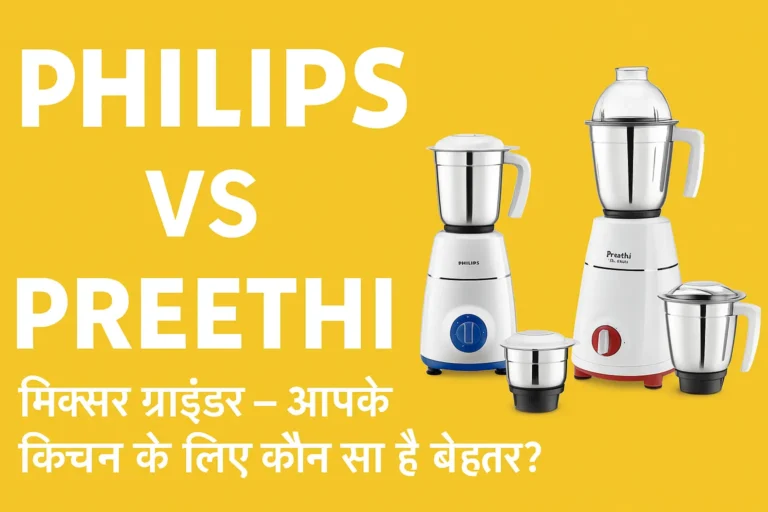When it comes to the world of food and beverages, two giants have captured the attention of consumers across the globe: Nestle and Amul. These two companies have not only become household names but have also played significant roles in shaping the food industry. In this article, we’ll delve into a detailed comparison of Nestle and Amul, analyzing various aspects that set them apart.
Comparison Table Among both :
Aspect | Nestle | Amul |
Foundation | Founded by Henri Nestle in 1866 | Established in 1946 as an Indian dairy cooperative |
Product Range | Diverse, including chocolates, coffee, dairy,products, baby food, and more | Primarily dairy-focused, offering milk, butter,cheese, ice cream, and related dairy items |
Global Presence | Operates in over 180 countries | Dominant presence within India’s dairy market |
Quality Standards | Stringent quality control and safety regulations | Emphasis on purity and transparency in dairy |
Innovation | Invests in research for innovative products and healthier options | Blends traditional dairy practices with modern techniques to meet contemporary demands |
Marketing Strategy | Known for creative and relatable campaigns | Famous for witty and humorous advertisements |
Background and History
Nestle’s Origins
Nestle, founded in 1866 by Henri Nestle, began as a company producing infant formula. Over the years, it diversified into various food and beverage categories, acquiring well-known brands like KitKat and Nescafe. Nestle’s commitment to innovation and quality has enabled it to become one of the world’s largest food companies.

Amul’s Foundation
Amul, on the other hand, is an Indian dairy cooperative that started in 1946. Formed as a response to exploitative practices by middlemen, Amul empowered farmers by creating a cooperative model. It revolutionized the dairy industry in India and became a symbol of self-reliance.
Product Range
Nestle’s Diverse Offerings
Nestle boasts a wide range of products, including chocolates, coffee, dairy products, baby food, and more. Its diverse portfolio ensures that it caters to various consumer preferences, making it a household staple globally.
Amul’s Varied Portfolio
Amul primarily focuses on dairy products, ranging from milk and butter to cheese and ice cream. It has consistently delivered quality dairy items, becoming an integral part of Indian households.

Global Presence
Nestle’s International Reach
Nestle’s global presence is remarkable, with operations in over 180 countries. Its adaptability to local tastes while maintaining global standards has been a key factor in its success.
Amul’s National Dominance
Amul, although primarily operating within India, has managed to dominate the Indian dairy market. Its cooperative structure has enabled it to establish a strong foothold and cater effectively to the diverse Indian population.
Quality and Safety Standards
Nestle’s Stringent Regulations

Nestle places a high emphasis on quality control and safety. Its adherence to rigorous standards ensures that consumers can trust the products they purchase.
Amul’s Commitment to Purity
Amul’s commitment to providing unadulterated and pure dairy products has earned the trust of millions of consumers. Its cooperative model promotes transparency and quality.
Innovation and Research
Nestle’s Technological Advancements
Nestle invests heavily in research and development to create innovative products. From producing healthier options to enhancing convenience, its technological advancements are notable.
Amul’s Focus on Tradition

Amul’s approach revolves around preserving traditional dairy practices while incorporating modern techniques. This blend allows it to offer products rooted in heritage while meeting contemporary demands.
Marketing Strategies
Nestle’s Creative Campaigns
Nestle’s marketing campaigns often strike a chord with consumers due to their creativity and relatability. This has played a role in keeping the brand relevant and engaging.
Amul’s Iconic Advertisements
Amul is renowned for its witty and humorous advertisements, which often reflect current events. This unique approach has made its marketing memorable and endearing.
Consumer Perception
Nestle’s Brand Perception
Nestle’s reputation for quality and consistency has resulted in a positive brand perception. Consumers associate it with reliability and familiarity.

Amul’s Endearing Image
Amul’s cooperative model and its focus on benefiting farmers have led to a positive image among consumers. Its ‘Amul girl’ mascot has also contributed to its lovable identity.
Social Responsibility
Nestle’s Sustainability Efforts
Nestle’s commitment to sustainability includes initiatives to reduce environmental impact and promote responsible sourcing. These efforts align with growing consumer concerns about ecological well-being.
Amul’s Community Initiatives

Amul’s cooperative structure inherently supports local communities. Its initiatives extend to education, health, and rural development, contributing to societal progress.
Financial Performance
Nestle’s Steady Growth

Nestle’s financial performance has been consistently robust due to its global market presence and diversified product range.
Amul’s Thriving Co-operative Model
Amul’s cooperative approach has not only empowered farmers but also contributed to its financial success. The cooperative model ensures equitable distribution of profits.
Controversies and Challenges
Nestle’s Bottled Water Disputes
Nestle has faced controversies related to water extraction for bottled water. These issues have sparked debates about resource allocation and environmental concerns.
People also Reads :- Twitter vs Threads
Amul’s Price Wars
Amul’s competitive pricing strategies have occasionally led to price wars with other dairy brands. While this benefits consumers, it also poses challenges for the industry.
Customer Loyalty
Nestle’s Loyalty Programs
Nestle’s loyalty programs incentivize repeat purchases and foster customer loyalty. These programs contribute to the brand’s long-term sustainability.
Amul’s Emotional Connect

Amul’s deep-rooted connection with consumers goes beyond transactions. The brand’s history and cooperative model create an emotional bond with its audience.
Health and Nutrition
Nestle’s Health-Centric Ventures
Nestle’s foray into producing healthier food options aligns with changing consumer preferences. Its focus on nutrition addresses modern health concerns.
Amul’s Nutrient-Rich Offerings

Amul’s dairy products provide essential nutrients, making them an integral part of Indian diets. The brand’s
FAQ’S
What is the primary focus of Nestle’s product range?
Nestle offers a diverse product range that includes chocolates, coffee, dairy products, baby food, and more, catering to a wide range of consumer preferences.
How has Amul managed to establish dominance in the Indian dairy market?
Amul’s cooperative model, initiated in 1946, empowers farmers and has contributed to its dominance in the Indian dairy industry by ensuring quality, transparency, and equitable distribution of profits.
How does Nestle contribute to sustainability?
Nestle’s sustainability efforts include initiatives to reduce environmental impact and promote responsible sourcing, aligning with growing consumer concerns about ecological well-being.
What sets Amul’s marketing approach apart from others?
Amul is renowned for its witty and humorous advertisements that often reflect current events. This unique approach has created memorable and endearing marketing campaigns.
How do Nestle and Amul address health-conscious consumers?
Nestle’s innovation focuses on creating healthier food options to align with changing consumer preferences. Amul, on the other hand, blends traditional dairy practices with modern techniques to offer nutrient-rich dairy products, catering to health-conscious consumers.




